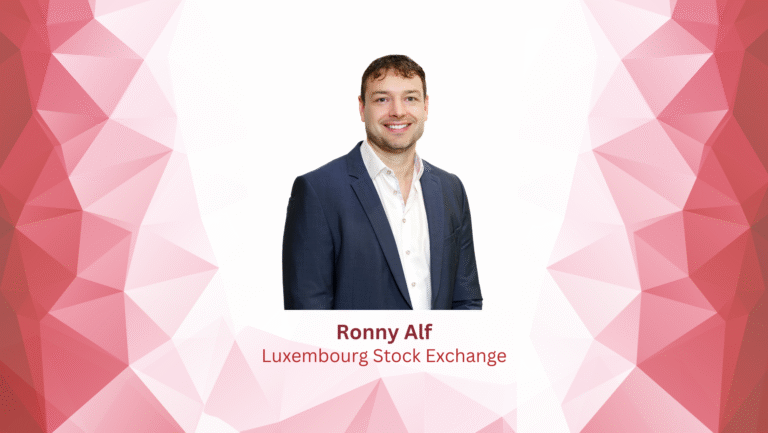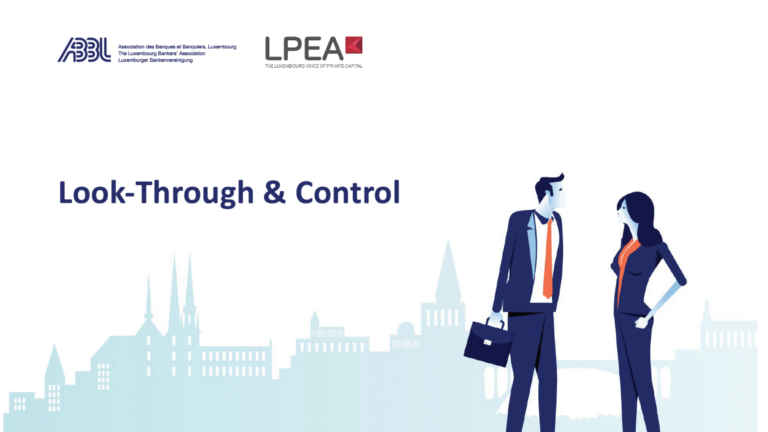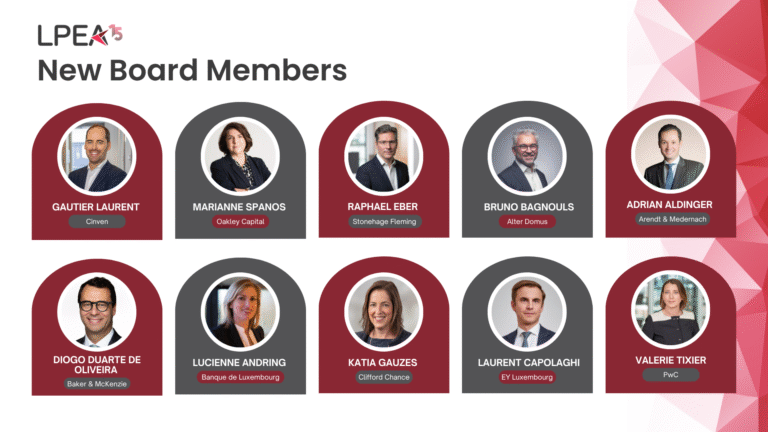By Georges Bock, Chief Strategist, Governance.com
THE FIRST THING THAT COMES TO A PRIVATE EQUITY FUND MANAGER’S MIND WHEN THINKING ABOUT DIGITALIZATION IS THE DIGITAL TRANSFORMATION OF THEIR PORTFOLIO COMPANIES. HOWEVER, THE DIGITAL TRANSFORMATION OF THE MANAGEMENT OF THE FUND ORGANIZATION ITSELF IS JUST AS IMPORTANT.
What are the benefits of managing Private Equity funds digitally?
1. It boosts growth, allowing you to do more work with the same amount of people.
2. It decreases risks because you can ensure that the necessary controls are executed on a timely basis for your operations.
3. It lowers your operating costs, as a direct effect of the two first benefits.
How to get started with your Digital Transformation
The first advice we give is to think big, but to start small. Always keep your main goal and your global vision in mind. Nonetheless, start with the correct building blocks, which means starting one process at a time.
Generally, we encourage our clients to start their digital journey with their biggest pain points. The advantage of this is twofold; firstly, it gives you an area to focus on addressing the infamous question of where to start.
Secondly, it will encourage employees to embrace change, becoming increasingly at ease with refining their old ways of working, and improving processes.
It is important to keep in mind that digitalization will be a journey rather than a big bang. The incremental approach avoids the famous zero/push the button moment, which is not only risky but requires a much larger amount of resources. At Governance.com we follow an iterative approach of working by building, testing, and refining a process to strike a healthy balance between effectiveness and efficiency.
How to approach the Digital Transformation of your organisation as a PE House
A clear roadmap is developed by our teams to ensure successful implementations. While each plan is adapted to suit client needs, the framework will always follow the four-phase logic.
1. Connect and aggregate data
2. Automate and optimize workflows
3. Monitor the status of workflows
4. Keep a record of key decisions
The sequence will ensure that data is transformed into useful information, providing better oversight, and enhancing your decision-making quality.
WE TAKE A DIFFERENT APPROACH: CONNECT THE INFORMATION IN A
LOGICAL HIERARCHICAL STRUCTURE THAT MAKES RETRIEVAL AND
REPORTING EASY.
Georges Bock
Move away from the unconnected data folder structure to a connected data framework
The classical way of storing data in folders and spreadsheets, in the best case, according to a certain logic and with a strict naming convention, is mostly idealistic rather than reality. Even when well-executed, it is a burden to quickly retrieve the correct data because it is often only intuitive for the person having created the folder structure. This does not only lead to frustration but also to a huge loss of time.
We take a different approach: connect the information in a logical hierarchical structure that makes retrieval and reporting easy. This means connecting static fund, positioning information coherently and attaching the documentation directly to the data point where it makes the most sense. The result is a logical structure which leads to an instinctual way of information retrieval and working.
Structure charts give a great overview of the company, of how positions are financed, and what their assets are as well as the relation between them all. The corresponding documents are linked directly to the data point they refer to with a simple dragand- drop. Should a new version of the document be available, the user can simply drop it on top of the old one, making the versioning a piece of cake. In addition to the coherent arrangement of data and visual aid of the structure chart, the search feature will make sure you can retrieve the desired material within seconds.
Organize all workflows into processes and automate routine tasks
Allocating tasks via email, telephone, or in-person seems to be the norm. However, this has significant shortcomings such as floods of emails inhibiting work to be done efficiently, lack of insights into the progress of a specific process, and potentially important follow-ups being missed.
We believe that process and task flows should be fully integrated into data and document management. Workflows should be triggered when a combination of data points are fulfilled. Imagine launching a new fund domiciled in Luxembourg; this should automatically trigger a process, ensuring the correct documentation on the fund is provided and the appropriate controls are ensured. The process engine takes this much further, allowing the automation of workflows like client onboarding, streamlining follow-ups with external service providers, and the composition and generation of documents such as client offers, intergroup contracts, power of attorneys of the board of directors, and much more.
Take as an example that a member of your company leaves, and this person has been on several boards. How long does it take to find all the boards the person was in? How long does it take to produce the resignation documents? Imagine it takes 10 minutes to find all the boards and have all the resignation done and e-signed and filed at the right place! The process dashboard will provide an insight into the running processes in the company, their individual stages of completion, and overdue tasks. This allows us to anticipate and act on potential risks and generally make the allocation and follow-up of workflows and the resulting tasks a comfortable exercise. In a global crisis moment like the one we are facing with Covid-19, the process engine makes it significantly easier to allocate tasks and guarantee follow-ups, insight, and business continuity.
TO CHANGE DATA INTO INFORMATION, DEDICATED DASHBOARDS DISPLAY
DATA IN A VISUAL MANNER, COMPILING IT INTO USEFUL AND
ACTIONABLE INFORMATION.
Georges Bock
Visualize your dashboards and make the right decisions
To change data into information, dedicated dashboards display data in a visual manner, compiling it into useful and actionable information. Each team or even user can have their own dashboard dedicated to the information they need to keep track of.
Due to the hierarchical nature of the data structure, such a digital tool allows to look-through reports to be generated, giving the users information from fund level all the way down to the last transaction document. Filters allow the user to see data in a specific date range or related to a specific data point. All information is live, meaning you get insights based on the newest data.
One more thing…
A state of art digital governance system should have a digital board tool allowing you to connect your meetings to the relevant entities, set them up in the board tool, and invite people to join them.
With a digital board tool, you can organize your meetings, share your agenda, share documents, allow board members to collaborate, work on the documents, keep track of the votes, and provide comments. Minutes can be taken by the secretary directly in the system, including follow up items and issues logged during the session. Should those points not have been closed by the user they were allocated to by the next session, they will automatically be transferred to the next meeting for follow-up. The board pack, including all the above information, can be generated with one click to ensure maximum efficiency.
There is no alternative to digital transformation
Do not wait until your organization is overwhelmed because you are stuck to your traditional ways of working. As a quote from Jeff Bezos goes: “There is no alternative to digital transformation. Visionary companies will carve out new strategic options for themselves — those that don’t adapt will fail”. Private Equity companies are no exception to this.




